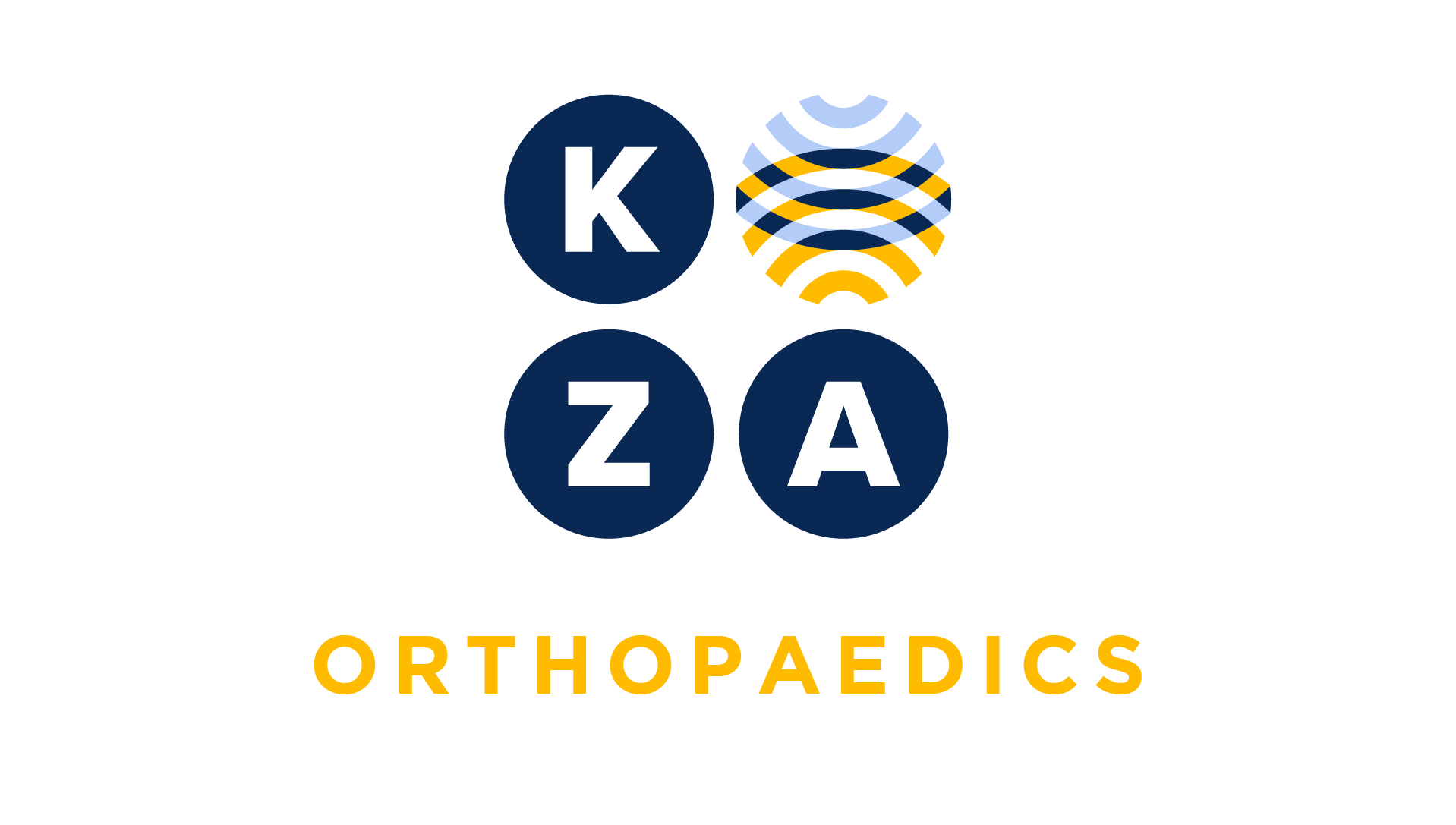
Choose your specialty from the list below to see how our experts have tackled a wide range of client questions.
Looking for something specific? Utilize our search feature by typing in a key word!
Category III Codes Effective July 1, 2022
I heard someone say the 2022 CPT manual will be updated in July with new codes. I have never heard of this before. Is this a rumor or will there be a new CPT Manual released in July?
Question:
I heard someone say the 2022 CPT manual will be updated in July with new codes. I have never heard of this before. Is this a rumor or will there be a new CPT Manual released in July?
Answer:
No, there will not be any changes to the 2022 AMA CPT Manual in July.
The following AMA Category III Codes become effective July 1, 2022 and will be identified as new codes in CPT 2023.
Beginning July 1, report the Category III code when appropriate, in place of an unlisted code.
| Category III Code | Description | Effective Date | CPT Publication |
| 0717T | Autologous adipose-derived regenerative cell (ADRC) therapy for partial thickness rotator cuff tear; adipose tissue harvesting, isolation and preparation of harvested cells, including incubation with cell dissociation enzymes, filtration, washing and concentration of ADRCs
Guidelines: Ø (Do not report 0717T in conjunction with 15769, 15771, 15772, 15773, 15774, 15876, 15877, 15878, 15879, 20610, 20611, 76942, 77002, 0232T, 0481T, 0489T, 0565T) × |
7/1/2022 | 1/1/2023 |
| 0718T |
injection into supraspinatus tendon including ultrasound guidance, unilateral
Guidelines: Ø (Do not report 0718T in conjunction with 20610, 20611, 76942, 77002, 0232T, 0481T, 0490T, 0566T)× |
7/1/2022 | 1/1/2023 |
| 0719T | Posterior vertebral joint replacement, including bilateral facetectomy, laminectomy, and radical discectomy, including imaging guidance, lumbar spine, single segment
Guidelines: Ø (Do not report 0719T in conjunction with 22840, 63005, 63012, 63017, 63030, 63042, 63047, 63056, 76000, 76496) × |
7/1/2022 | 1/1/2023 |
| 0720T | Percutaneous electrical nerve field stimulation, cranial nerves, without implantation | 7/1/2022 | 1/1/2023 |
| 0737T | Xenograft implantation into the articular surface
Guidelines Ø (Use 0737T once per joint) × Ø (Do not report 0737T in conjunction with 27415, 27416) × |
7/1/2022 | 1/1/2023 |
Knee Ligament Repair vs Reconstruction
What type of graft or fixation material is required to report open extra-articular knee ligament reconstruction code 27427? Our physician is listing “MCL repair” and “MCL reconstruction” within the same operative note. It first describes repair of the ligament using Suture Tape. In a separate paragraph the physician describes insertion of additional Tape, but calls the work “reconstruction”.
Question:
What type of graft or fixation material is required to report open extra-articular knee ligament reconstruction code 27427? Our physician is listing “MCL repair” and “MCL reconstruction” within the same operative note. It first describes repair of the ligament using Suture Tape. In a separate paragraph the physician describes insertion of additional Tape, but calls the work “reconstruction”.
Answer:
Reconstruction CPT codes are used when biologic tissue is used to replace insufficient, nonfunctioning, or missing native tissue. The replacement biologic tissue may be an autograft (harvested from the patient) or an allograft (harvested from a cadaver). In this example the physician is using additional Suture Tape to supplement or protect the repair; that is not considered reconstruction.
Fee Setting: Category III Codes or Unlisted Procedures
We are looking at CPT code 0707T for reporting subchondroplasty in our practice. We have never billed a Category III code and do not know how to set the fee.
Question:
We are looking at CPT code 0707T for reporting subchondroplasty in our practice. We have never billed a Category III code and do not know how to set the fee.
Answer:
Setting the fee for the Category III code will follow the same methodology as an unlisted procedure code. KZA recommends including the surgeon in the discussion to ensure the most appropriate CPT code is selected as the comparison code. Here are some considerations:
1. Choose a code similar to the Category III procedure (or unlisted procedure) you performed. This includes the approach and anatomic location, if possible. This will be your “base code” or “comparison” code.
2. List 2–3 things that make the Category III (or unlisted) procedure more or less difficult than the comparison CPT code.
3. Assess the RVUs of the similar code, making sure you feel it represents a fair value for the work involved. If it does not, continue looking.
4. Convert the greater or lesser degree of difficulty to a % increase or decrease in your fee for the comparison code. This becomes the fee for your Category III (or unlisted) code.
5. Report the appropriate Category III (or unlisted) code on the claim form linked to the appropriate diagnosis. Either in box 19 or on the same line, identify the comparison CPT code and the name of the procedure performed. This provides the payor information to hopefully process the claim the first time.
6. If the payor allows it, submit the operative note electronically with the claim.
We hope this helps you and your surgeon arrive at the most appropriate comparison code.
Teaching Physician Rules Related to E&M Code Selection
We are an academic orthopaedic practice with an orthopaedic GME-approved residency program in a large metropolitan city. We were just informed we have been incorrectly reporting E&M codes 99202-99215 to Medicare since January 2022.
Question:
We are an academic orthopaedic practice with an orthopaedic GME-approved residency program in a large metropolitan city. We were just informed we have been incorrectly reporting E&M codes 99202-99215 to Medicare since January 2022.
We select the level of service based on MDM or time, as we understood this to be correct. We were told we should not be reporting Medicare E&M services based on time and must use MDM only when coding E&M services.
Have we been coding incorrectly when using time versus MDM when time better supports the level of service? We do not include resident time or resident education when calculating time.
Answer:
Thanks for your inquiry. There was a change in the Medicare Teaching Physician Rules related to E&M code selection effective January 2022; however, the changes would not apply in your specialty. The rules apply to a setting where the primary care exception applies. To read more on the primary care exception and where it may apply in your academic setting, visithttps://www.cms.gov/outreach-and-education/medicare-learning-network-mln/mlnproducts/downloads/teaching-physicians-fact-sheet-icn006437.pdf
Perhaps this citation from a Medicare MAC was interpreted incorrectly, hence, the information you received.
New Medicare requirements on documenting E/M services by teaching physicians – effective January 1
Exception for evaluation and management (E/M) services in certain primary care centers
Effective January 1, teaching physicians may use only medical decision making (MDM) for purposes of E/M visit level selection when billing the Medicare program under the physician fee schedule for office/outpatient E/M visits via a primary care exception.
Time-Based Codes
Additional updates apply to office/outpatient E/M visit codes for which total time is used for the visit level selection. For purposes of selecting the visit level, only count time spent by the teaching physician performing qualifying activities listed by CPT (with or without direct patient contact on the date of the encounter), including the time the teaching physician is present when a resident is performing such activities.
Grafts/Implants
I know in years past from attending KZA/ AAOS workshops that the instructors taught that bone grafts (CPT code 20900 and 20902) were only reportable if the graft was harvested via a separate incision. Our surgeon recently did an arthroplasty procedure and harvested local bone to fill in bone voids. The surgeon wanted to code separately and I told the surgeon about needing to have made a separate incision. Now, I am questioning myself and wondering if this is still correct?
Question:
I know in years past from attending KZA/ AAOS workshops that the instructors taught that bone grafts (CPT code 20900 and 20902) were only reportable if the graft was harvested via a separate incision. Our surgeon recently did an arthroplasty procedure and harvested local bone to fill in bone voids. The surgeon wanted to code separately and I told the surgeon about needing to have made a separate incision. Now, I am questioning myself and wondering if this is still correct?
Answer:
Yes, you are correct. CPT continues to provide guidelines for Grafts/Implants that may be found in the 2022 CPT Manual Professional Edition on page 147.
The instructions address reporting services when obtaining autogenous bone, cartilage, fascia lata, bone marrow or other tissues. The instructions state a separate CPT code should be reported when the graft/implant is harvested via separate skin/fascial incisions. An exception applies when the CPT code descriptor references the harvest of a graft as included in the code.
This section of CPT applies to CPT codes 20900, 20902, 20910, 20912, 20920, 20922, and 20924.
CPT codes 20900 and 20902 are described as:
20900: Bone graft, any donor area; minor or small (eg, dowel or button)
20902: Bone graft, any donor area; major or large
An exception applies when the CPT code descriptor references the harvest of a graft as included in the code.
Two examples of CPT codes where the descriptor states “includes obtaining graft” follow:
25274: Repair, tendon or muscle, extensor, forearm and/or wrist; secondary, with free graft (includes obtaining graft), each tendon or muscle
25431: Repair of nonunion of carpal bone (excluding carpal scaphoid (navicular)) (includes obtaining graft and necessary fixation), each bone
The harvest of the graft (tendon (20924) or bone (20900, 20902)) is inclusive regardless of whether obtained via the same or separate incision. A tendon graft or bone graft code is not separately reportable with these two primary codes.
Different rules apply to the other CPT codes 20930-20939, 20932-20934 that are also found in this section of CPT.
Tendon Repair
I am new to orthopaedic hand coding. I have a case where the surgeon repaired two flexor tendons in the finger. I am being told that I may only report one CPT code because they were both repaired via the same incision. Is this correct? The surgeon, who is new, disagrees and says both repairs are reportable.
Question:
I am new to orthopaedic hand coding. I have a case where the surgeon repaired two flexor tendons in the finger. I am being told that I may only report one CPT code because they were both repaired via the same incision. Is this correct? The surgeon, who is new, disagrees and says both repairs are reportable.
Answer:
The surgeon is correct and kudos to you for reaching out to verify what you were told.
It will be important to know if the repairs were “in zone 2” or “not in zone 2”..
To illustrate why the information you were given was incorrect, let’s look at the description of CPT code 26356 as an example.
Note in the description there are several important pieces of information:
Repair or advancement, flexor tendon, in zone 2 digital flexor tendon sheath (eg, no man’s land); primary, without free graft, each tendon
1. This code is used for the repair or advancement of a flexor tendon
2. The tendon is in zone 2
3. The last part of the code descriptor states “each tendon”
Some payors may allow you to report two, or multiple tendon repairs of the same type using units, while others may require the use of distinct services modifier 59 to indicate that the second (or subsequent) code represents repair of a different tendon. CMS does not allow modifier 59 on a duplicate CPT code.
Option 1: 26356 x 2
Option 2: 26356, 26356-59
When tendons are repaired in the fingers, you could also use finger modifiers FA-F9 to designate the specific finger location.
Good luck and please let us know if the KZA Orthopaedic Consulting team may be of assistance with future coding questions. You may contact Milka Djukic at
mdjukic@karenzupko.comfor information related to hourly consulting services to assist with operative note reviews, coding or practice management questions.

